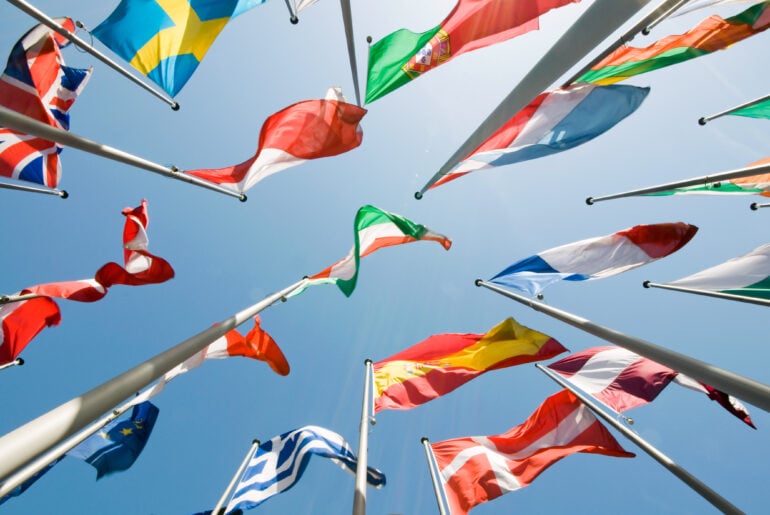Outside counsel are often called in to help with a bet-the-company lawsuit, only to find out that the company is unprepared for litigation—employees not trained on how to preserve attorney-client privilege or properly escalate a dispute, litigation hold notices not issued and company data not preserved, and the location of key documents uncertain. Preparing for the proverbial rainy day is critical, and corporate directors play an important role in ensuring their company is ready for litigation.
Importance of Litigation Preparedness
Very few people enjoy talking or even thinking about litigation. Nevertheless, litigation preparedness is an important element of an effective corporate risk management plan.
Directors should ensure that corporate officers and company employees have taken the necessary steps to prepare the company for litigation. Companies should institute a litigation preparedness program before potential disputes or lawsuits arise to minimize the disruption and high cost associated with litigation and maximize the chance of a desirable outcome. Best practices for litigation preparedness really boil down to four things (what we call a “Four Ts” model): talk, think, train, and track. We explain what we mean by each of these below.
Talk
A litigation preparedness program requires internal communication among employees, departments, offices, and regions. Employees must understand what to do when a dispute is on the horizon, or a lawsuit comes in the door. Coordination across departments and regions is also critical to ensure a consistent approach that considers the contributions of all relevant business functions and litigation considerations that may be unique to particular regions. With advance communication and planning, company leadership and employees will be well positioned to move promptly to de-escalate disputes or respond to litigation. Some key considerations include:
- The litigation team. Ideally, your company will have a litigation team, whether it is a formally dedicated team or an informal group of individuals who are on the front lines ready to marshal the troops and take the necessary steps as soon as litigation comes in the door. If your litigation risk is significant, it is important to have in place an experienced in-house litigation team, which may include information technology (IT), human resources (HR), and legal department representatives. Litigation teams design and implement protocols that govern a company’s response to newly filed lawsuits. They conduct early case assessments, formulate litigation strategies, identify relevant witnesses and the location of key documents, and engage experienced outside counsel in complex or high-value litigation involving multiple jurisdictions or specialized practice areas.
- Cross-border coordination and litigation response planning. Corporate directors should ensure there is effective coordination among HR, compliance, IT, records management, and any other functions that have a stake or an important role in managing disputes or responding to litigation. These departments should coordinate in advance of potential disputes to formulate a response plan that is comprehensive and workable. Multinational corporations must ensure coordination across geographic regions, taking into account differences that may exist in terms of litigation risk, the contours of the attorney-client privilege, and document preservation obligations. Companies that properly integrate compliance and other functions perform better overall.
Think
It is equally important that management thinks in advance about how disputes will be resolved and what documents and testimony the company needs to handle a case effectively. Considerations include:
- Dispute resolution provisions in contracts. The company’s legal team, with the help of outside counsel, if necessary, should ensure that appropriate forum selection and choice-of-law clauses are included in all material contracts. If properly drafted, these clauses will prevent uncertainty about where and how the contracting parties agreed to resolve future disputes, and under what governing law. Without them, disagreement over how to resolve a dispute can result in delay and additional costs.
- Data preservation and mapping. In the United States and many other jurisdictions, a company has an obligation to preserve relevant data as soon as litigation is reasonably anticipated. The first step in establishing a data preservation protocol is to map your company’s data sources. A good data map will help to quickly identify potential sources of data that may be relevant to specific litigation matters as they arise. It will enable a company to understand where relevant data can be found (and in what format) and the process and frequency of data deletion. Creating and keeping data maps current will save valuable time when a company needs to quickly collect or preserve documents in response to litigation.
Train
Litigation response training is very important. This includes teaching employees who manage commercial relationships, who handle data and documents, and who are most likely to be the first to receive word of a complaint or lawsuit how to respond to litigation threats, mitigate litigation risks, and escalate disputes early so that they can be considered in a strategic way and not as purely commercial issues.
Litigation can present special challenges that are unknown to many employees. Even for those more familiar with litigation procedures, a threat or anticipation of litigation can be intimidating, and ongoing litigation can be distracting to ordinary business operations. Employee training ensures that your team is better equipped to properly respond to disputes and threats of litigation and is aware of best practices during the course of litigation. Training can be done in-house (which is usually more cost-effective) or by outside counsel. Topics generally include confidentiality, preserving the attorney-client privilege, media and public relations, document preservation obligations, and other issues.
Track
The best way to prepare for the next dispute is to learn from prior experiences, including any assessment of how previous disputes could have been avoided. These lessons should be incorporated into the company’s training and communications program. This requires tracking litigation outcomes and assessing what circumstances and company practices have triggered litigation in the past.
It is equally important to track what is happening in your industry. Baker McKenzie’s Litigation Intelligence Tool and Litigation Intelligence: Ready for Anything? report allows directors and managers to assess their companies’ litigation readiness and how it compares with peer companies in the same industry and jurisdiction, as well as identify gaps in their preparedness plans. Staying attuned to the risks and litigation trends that are affecting peer companies, including competitors, and factoring the experiences of those companies into your litigation preparedness plan is critical to future success.





